Why You Should Source Apparel From China
China is still the key player in the global apparel market and will likely remain so for the foreseeable future. It exports more apparel than any other country, and there is no indication that this will change anytime soon.
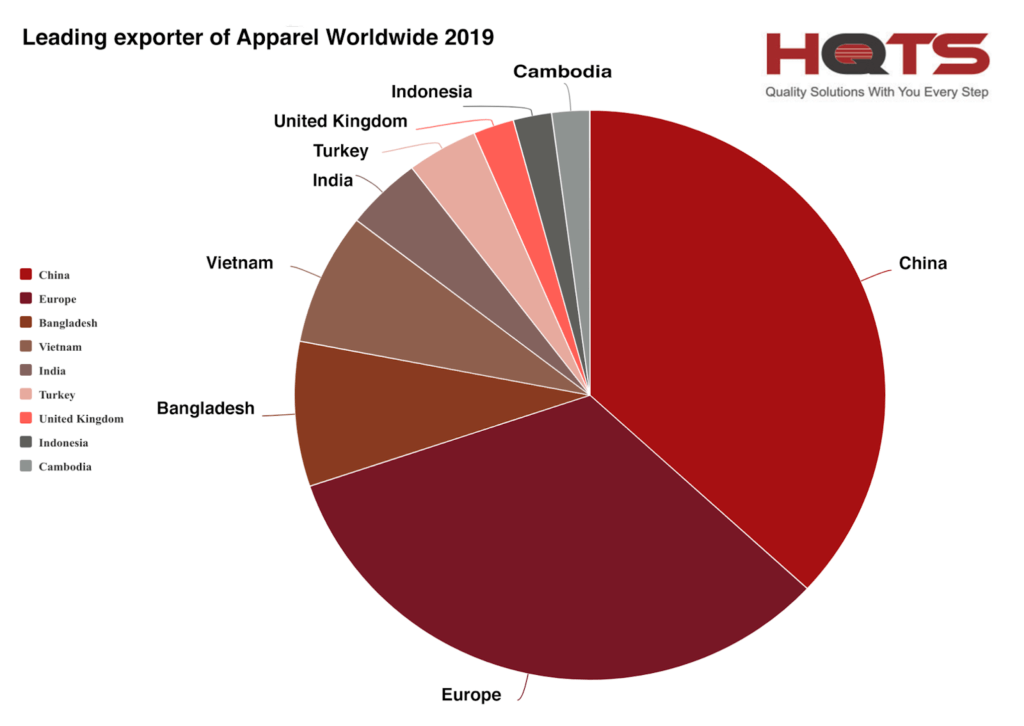
There are several benefits to sourcing apparel from Chinese manufacturers for your business. The following are some of the most significant benefits.
- Lower Labour Costs
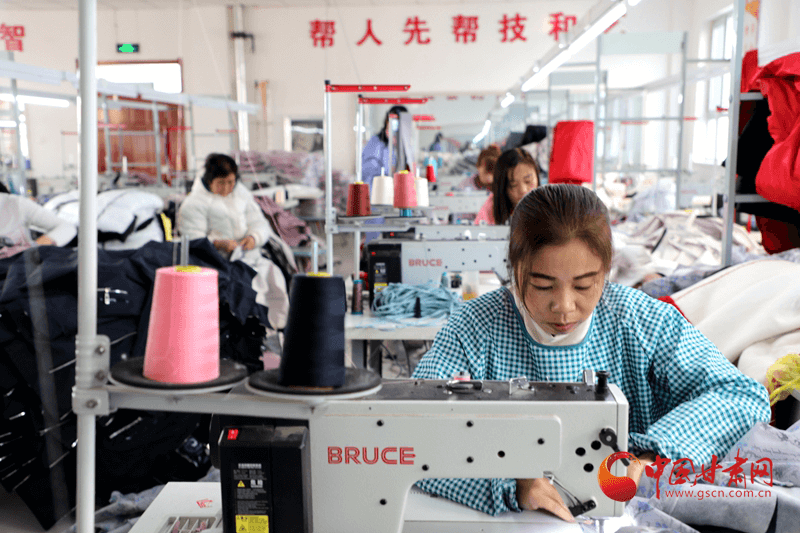
China’s unit labor expenses are between 25 and 40 percent less than those in the US. They are also inexpensive compared to prices in the majority of other newly industrializing nations, the EU, Japan, Mexico, and Korea. Because of this, China is a very alluring site for companies trying to lower production costs.
- Highly Skilled Workforce and Developed Factories
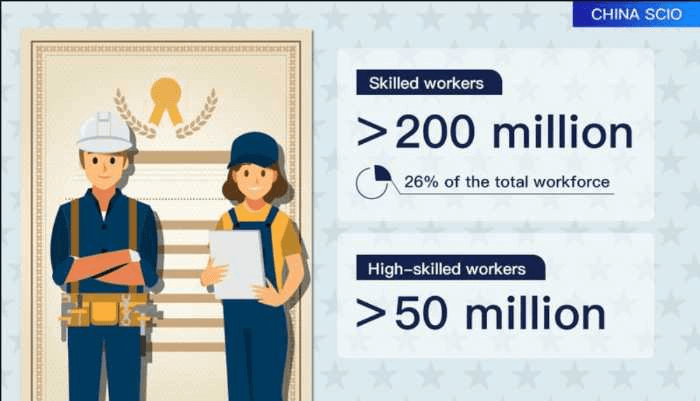
China’s highly skilled workforce and developed factories are a major reason for its continued economic growth. According to China’s Ministry of Human Resources and Social Security, the number of skilled workers on the Chinese mainland is by far greater than 200 million, with more than 50 million of those being highly trained professionals (MHRSS). This highly skilled workforce is one of the major reasons for China’s continued economic growth.
- Efficient Supply Chain Capabilities
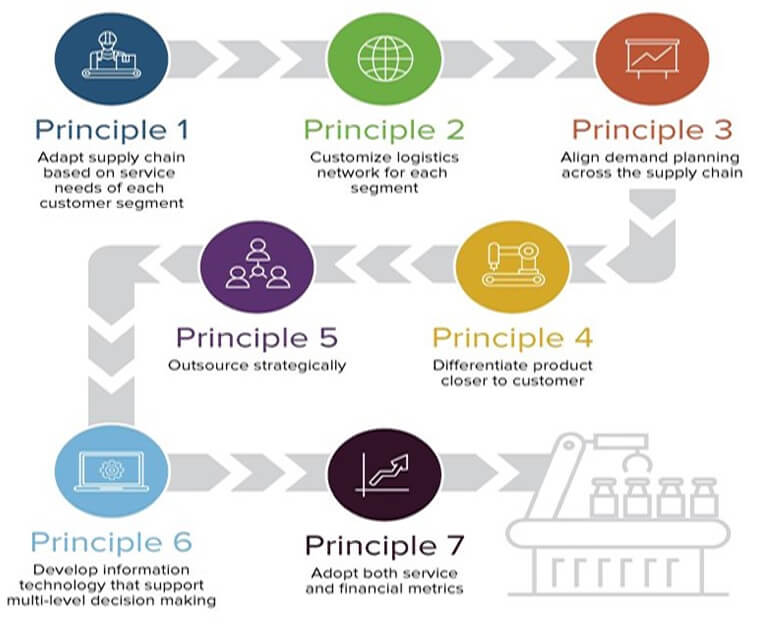
The efficient and streamlined logistical experience of Chinese clothing manufacturers helps deliver goods in a timely fashion. Many Chinese manufacturers also offer full-service packages, which reduces supply chain costs.
- Experience With Product Manufacturing
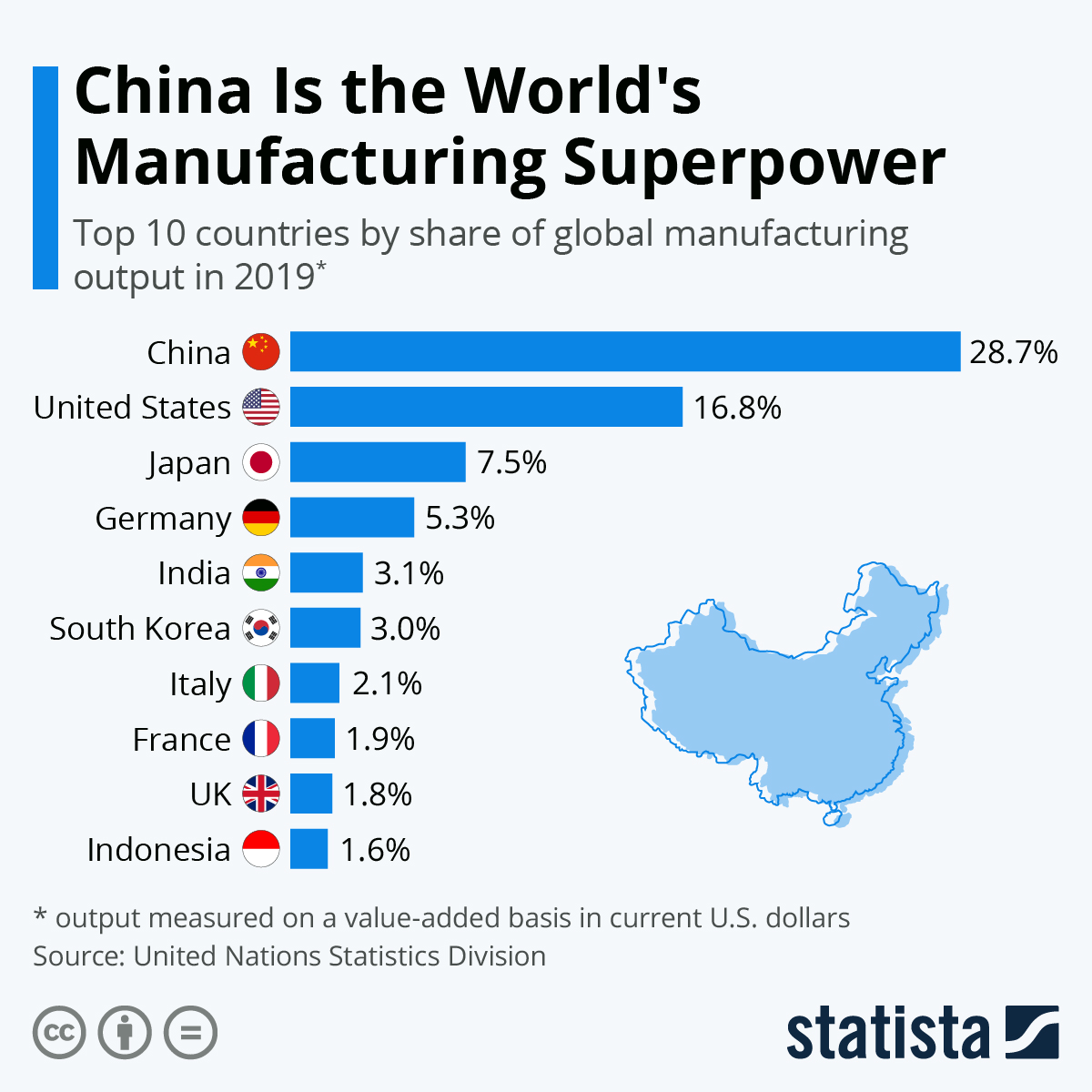
Garment manufacturing is a long-standing tradition in China, and its manufacturers have a great deal of experience producing products. They also have extensive knowledge of creating clothing in different styles and materials to meet your organization’s design needs.
How can one locate a reliable Chinese clothes manufacturer?
Not all clothing and textile producers are comparable. Making a blind factory selection on the Internet without ensuring that the supplier can meet your quality standards is likely to fail. The following list of factors should be taken into account while choosing Chinese clothes manufacturers.
Product scope
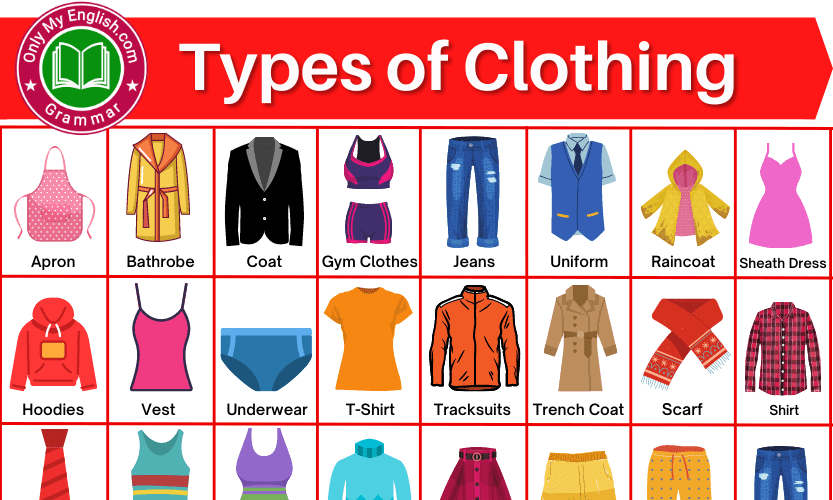
When importing clothing, it’s important to be specific about the type of product you need. Because China clothing factories might not produce every types of clothing. For example, normally the China supplier who produce hat don’t make socks. Because hats and socks are different production lines.
Minimum Order Quantity (MOQ) Requirement
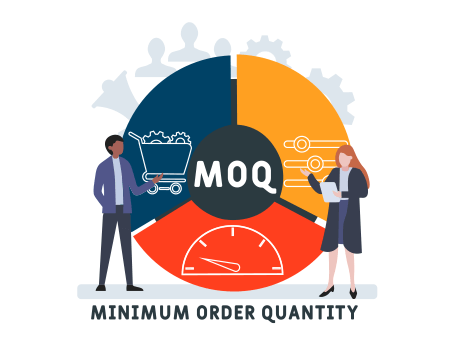
The MOQ requirement varies from industry to industry, but here are some general guidelines to follow when sourcing products for your own partnerships:
- Very Low MOQ
The manufacturer would be any production (generally something smaller than a factory) that accepts fewer than 250 pieces.
- Low MOQ
The producer is a tiny factory that would grudgingly accept perhaps as little as 250 pieces but starts to become excited when you talk about ordering more than 500.
- Standard MOQ
The manufacturer is a mid-sized factory looking for 1000-2500 MOQ.
- High MOQ
The manufacturer might start at around 2000-5000 units as an opening order but would typically be looking to secure orders in the 10s of thousands of units.
Keep these guidelines in mind when searching for manufacturers, as some of the bigger factories might not be feasible if you only want to order a small number of items.
Lab test reports (chemicals and heavy metals)
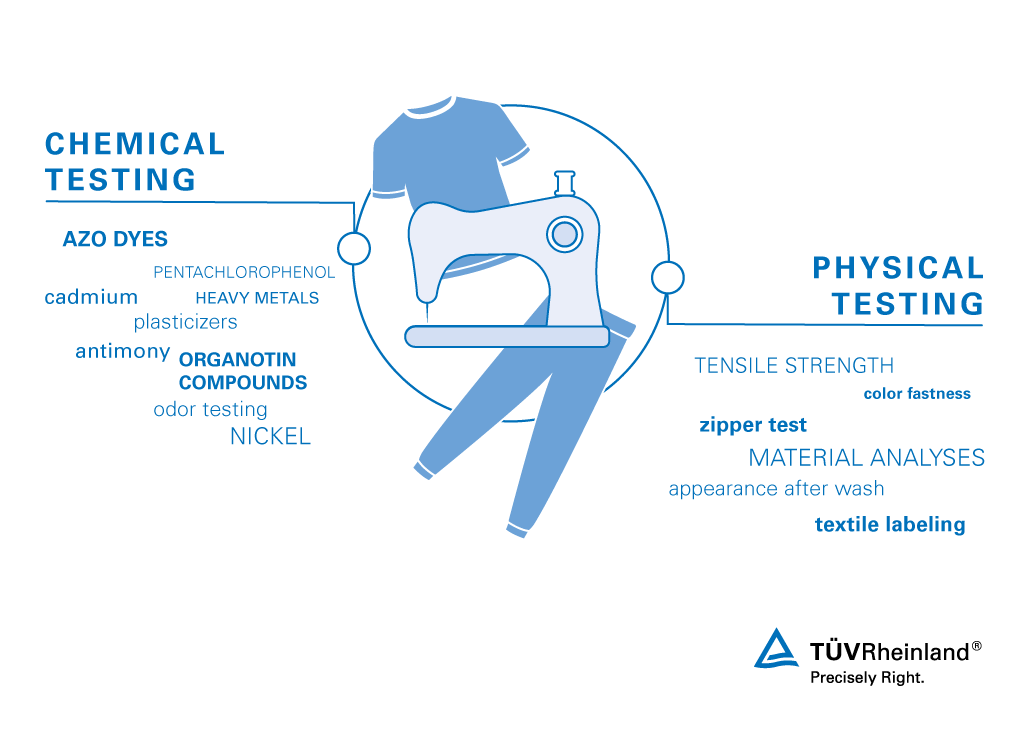
Most countries, including the United States, Europe, and Australia, have regulations for clothing textiles. These standards typically restrict chemicals, heavy metals, and pollutants.
Examples
- Lead
- Mercury
- Cadmium
- AZO dyes
- Formaldehyde
- Phthalates
When importing clothing from China, it’s important to select a supplier that can demonstrate compliance with test reports from an accredited third party—such as SGS or Intertek. These reports help ensure that non-compliant materials don’t slip through the manufacturing process.
Many smaller factories in China are unaware of the substances in their textiles—an issue that is deeply rooted and goes beyond the manufacturer. All clothing manufacturers purchase fabrics and components from subcontractors, ranging from two or three to hundreds. Ensuring compliance requires testing many samples, which most small factories consider too expensive and time-consuming.
Clothing test reports:
- REACH (SVHC) test report
- OEKO tex standard 100
- California Proposition 65
- Heavy metals test report
- Azo dyes test report
- MSDS
- Bill of substances
Garment quality control
By setting the right quality expectations, inspecting your products, and testing them before shipment, you can ensure that your garments meet high standards. Here are three ways to effectively manage garment quality from a distance.
Use measurable standards to ensure your garments fit as intended.
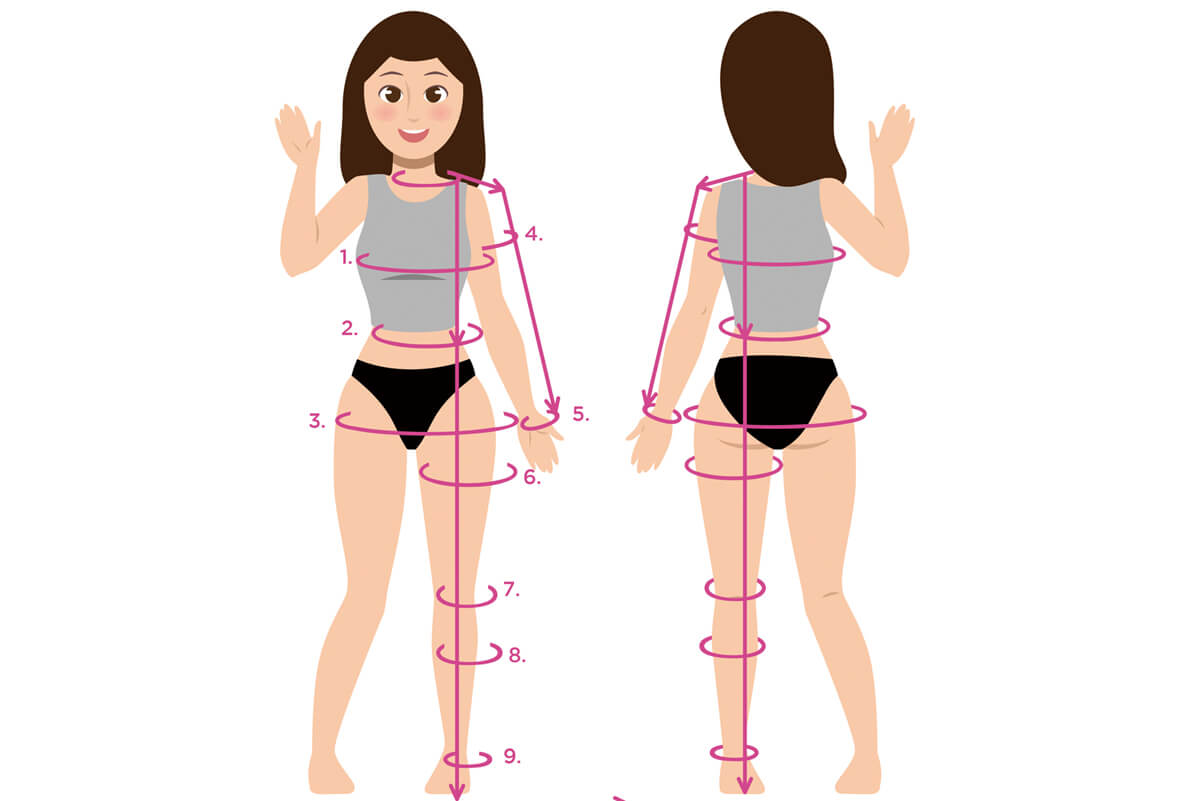
Garment dimensions accurately to avoid issues with fit and comfort. Remember that garments are usually hand-sewn, so discrepancies between pieces are common. Set a measurement tolerance to account for this, and provide it to the supplier and QC team. This will help ensure that goods meet your requirements.
Create a spec sheet for the clothing that details each point of measurement.
Your clothing specifications should include:
- Each point of measurement (POM): The dimensions you’ll need to take will depend on the article of clothing you’re manufacturing. In the case of a skirt, you might measure the waist, but in the case of a shirt, the sleeve length.
- Your preferred standard dimensions for each requested size: Sizing is usually based on a pattern grading, however, it may vary depending on the demands of your consumers and garment type.
- Your tolerance for each measurement point: The below or above average range you will still accept is typically presented as a “+/-” value.
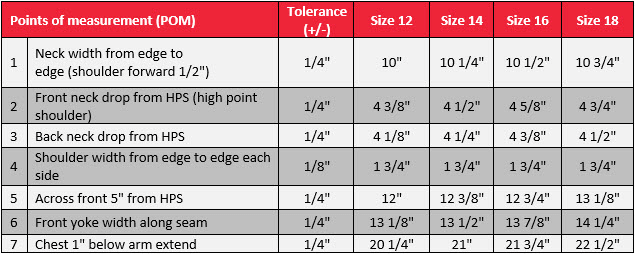
Test your garments on-site during the pre-shipment inspection.
Inspection is vital to receiving a final product that meets your quality standards and fit. Your inspector can help confirm the durability and functionality of your garment with on-site tests that simulate regular consumer use. Some of the most common on-site test types are below.
- Fitting test
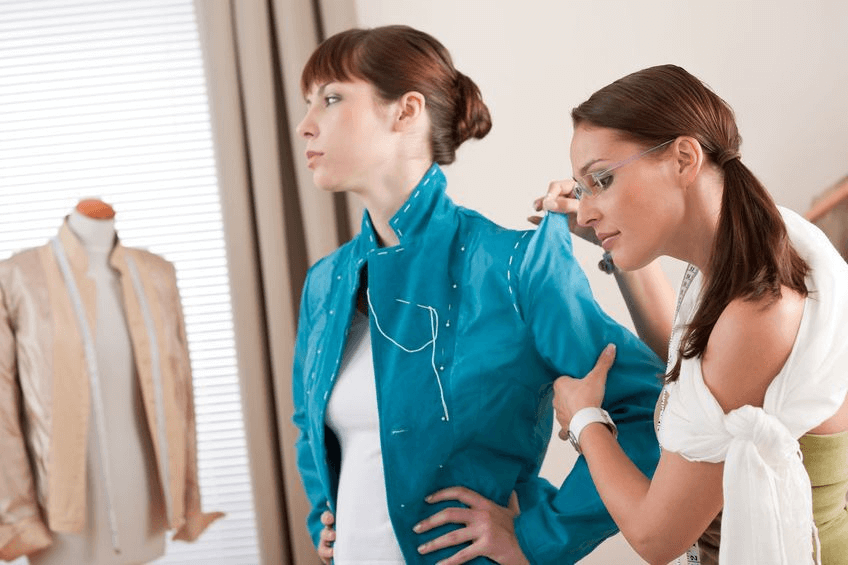
To see if the piece fits well, inspectors will put it on a model or mannequin. They usually examine one piece per size. The number of measures they can assess is based on how many different-sized figures the factory has. If checking that each size suits before shipment matters, ensure you find out ahead of time if multiple size options are available for inspection purposes.
- Dry and wet crocking test
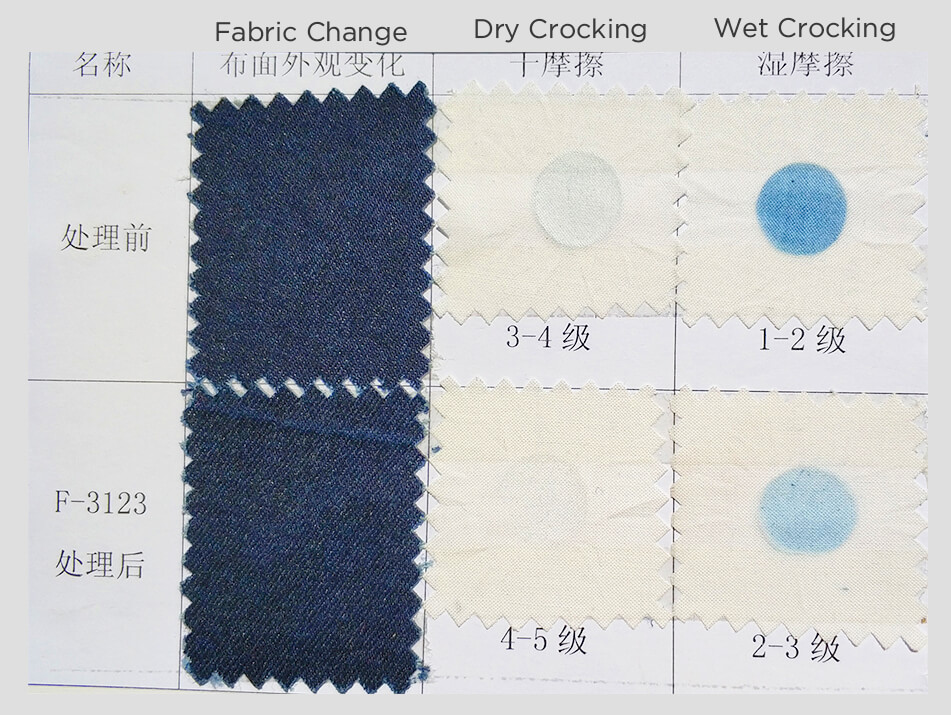
The term “dry crock” refers to a test in which a piece of white fabric is used on each coloured cloth, and the inspector checks the white cloth for any colour transfer after 10 repetitions. The wet crock involves using a wet piece that has been moistened with water. This test is typically done on at least two articles per style.
- Seam strength test
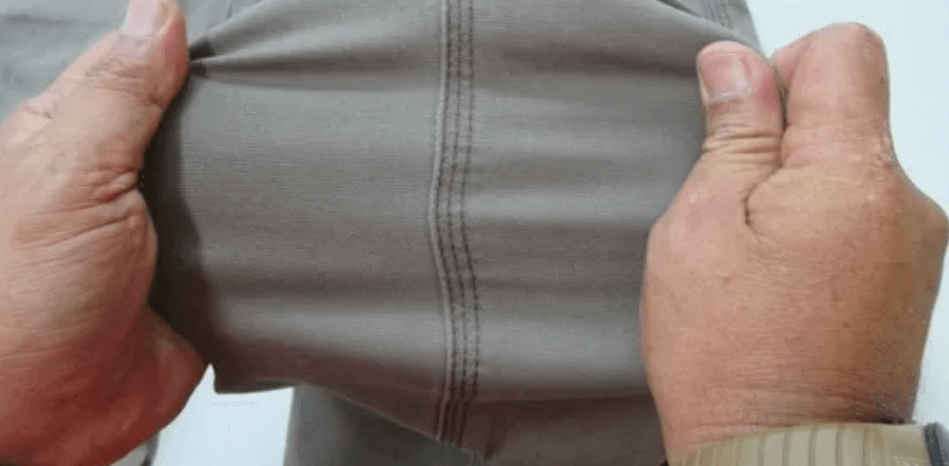
After the test, the inspector will look for any stitching or binding cracks. Additionally, they will check the safety of any trims (sequins, beading, etc.). These trimmings ought to flex with the clothing without snapping.
- Fatigue test of fastener
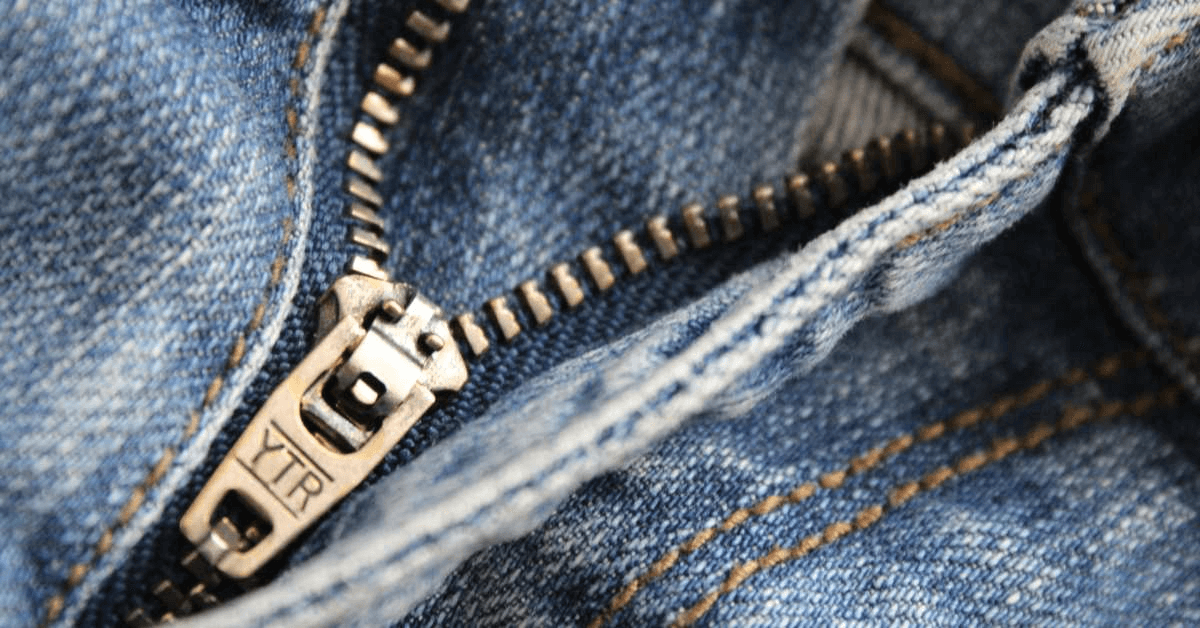
Testing the endurance of fasteners, such as buttons, zippers, or snaps, by opening and closing them 50 times per fastener to ensure they still function properly. Usually, at least two pieces of each style are tested. since suppliers typically use the same fasteners throughout an entire shipment, checking a small sample size is often enough to identify any issues with the fasteners.
- Stretch test
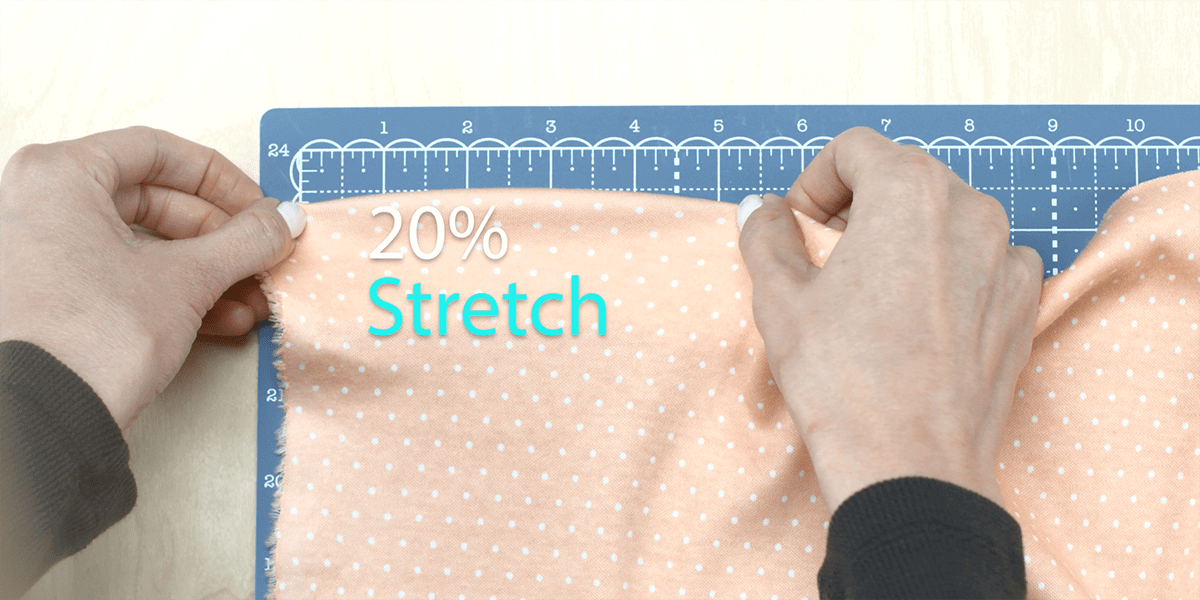
To check for elasticity, inspectors will stretch the elastic fabric and straps of any garments that contain them. The elastic straps or fabric should show proper elasticity without exposing elastic fibers or broken stitches during this stretch test. Since elasticity might be crucial to the fit and functionality of some clothing, such as underwear and athletics, it is critical to carefully examine the entire sample size for this test.
- Stitches per inch (SPI) check
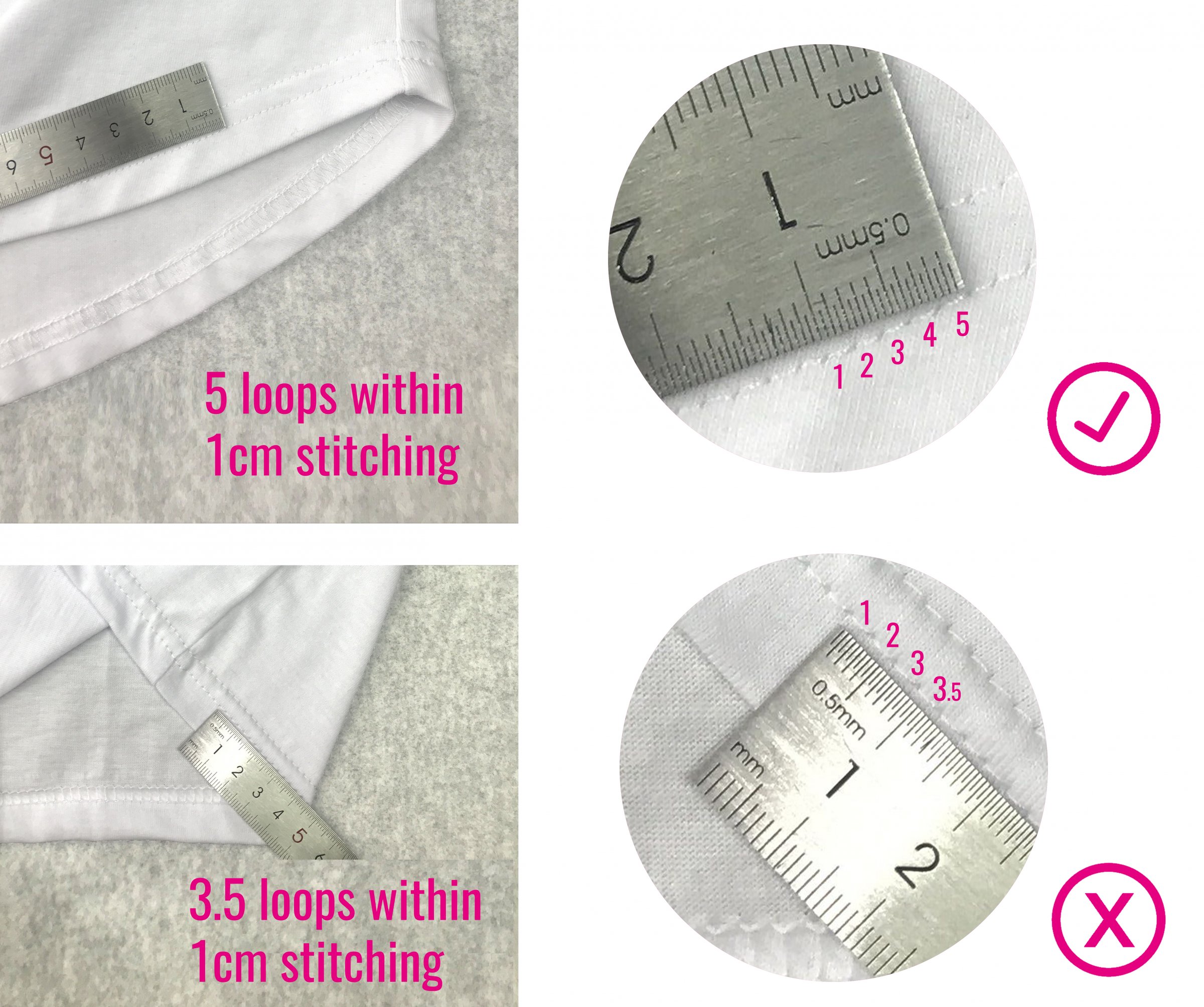
The stitch density, or many stitches per inch, can affect a garment seam’s strength, appearance, and performance.
At least two pieces of each type will have the number of stitches per inch counted by inspectors using a measuring tape. If a sample has been accepted and is available for comparison, the SPI count should match those specifications.
To make sure these are consistent with the aforementioned items, it can be useful to roughly verify the SPI of bulk clothes during the routine visual examination.
Get your apparel quality control tested in a lab.

Some suppliers have a professional lab set up for testing fabrics and garments, but many others have a crude lab that is inadequate for professional-grade lab testing. It may not be necessary for inspectors to have any specialized training or credentials to perform many on-site checks for clothing.
In order to conduct a garment lab test, a sample of the production material is normally taken and sent to a recognized laboratory for analysis. You can test samples of colorants, accent stones, sequins, or the main fabric of a garment with the aid of independent laboratories.
- Composition testing
In most countries, garment importers must add a fiber identification label to their goods. These rules help customers avoid materials they may be allergic to while preventing fiber mislabeling.
How can you tell what fibers are in your clothing? Many modern textiles include a variety of fibers. Lab testing by third parties is available to determine the composition of fabrics. Your accurate fiber breakdown will be provided by this test, which you may use to list the proper elements and percentages on your garment labels.
- Safety and environmental testing
Clothing can be dangerous as it often has direct and prolonged contact with skin. Lab testing can help ensure that your garments are safe for consumers by assessing any hidden dangers or environmental hazards associated with them.
A competent lab can examine your goods for the presence of:
- Azo, carcinogenic or allergenic dyes
- Extractable heavy metals
- Phthalates and formaldehyde
Quality assurance and product testing are other ways suppliers can help you ensure a successful launch. They can also evaluate the flammability of your items following local regulations. Before offering children’s sleepwear, for example, US importers must satisfy tough flammability standards.
- Performance testing
To check how long your garment will last, put it through some on-site tests like the fatigue and crocking tests. These two particular tests will give you information about the fabric’s overall durability.
But importers will want the assistance of high-end laboratory tools if they want a more accurate assessment of garment durability.
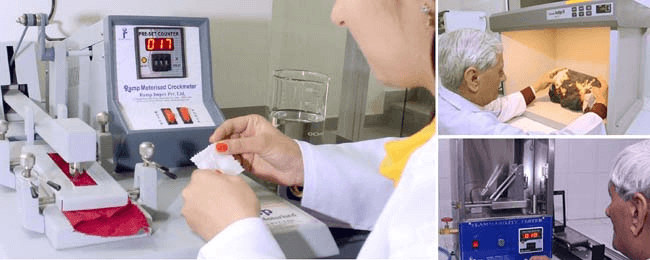
You may test the physical characteristics of your clothing in laboratories, including:
- Dimensional stability with washing and drying, Examine the fabric’s stretch and shrinkage.
- Colourfastness, By testing for light, perspiration, water, and bleach exposure
- Physical characteristics, such as pilling and abrasion resistance
Adhering to safety and industry standards is key when manufacturing garments for a specific market. Depending on the importance of certain tests in your target market, you may consider changing your apparel quality control strategy.
BSCI and Sedex Audit Reports
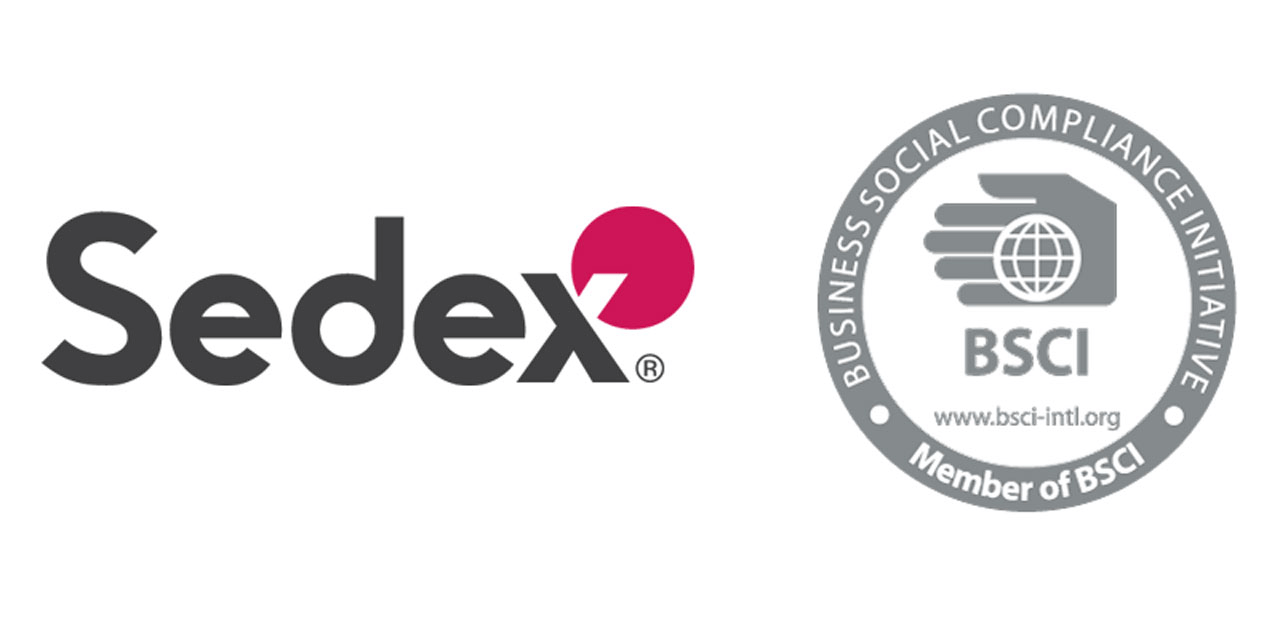
Manufacturers may join BSCI and Sedex, membership organizations that conduct routine social compliance inspections in factories worldwide. For example, BSCI follows a procedure based on these fundamental concepts:
- The rights of freedom of association and collective bargaining
- Fair remuneration
- Occupational health and safety
- Special protection for young workers
- No bonded labor
- Ethical business behavior
- Decent working hours
- No child labor
- No precarious employment
- Protection of the environment
BSCI (Sustainability and environmental audit) or Sedex (Social, economic, and ecological audit) audited factories are generally more well-run than those without such audits. There are several reasons for this, but one of the most important selection criteria we use when looking for textiles factories in China, Vietnam, India, and other countries is BSCI or Sedex (SMETA) audit reports.
Where are China’s clothing manufacturers located?
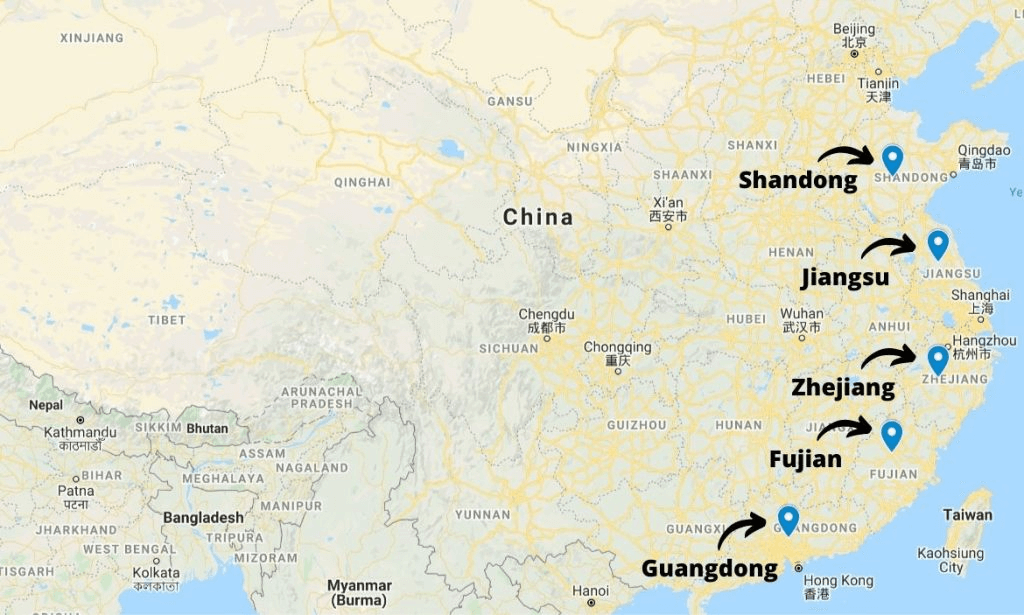
Almost all clothing goods are manufactured in China, most of which are. In China, there are approximately 50 textile clusters. Guangdong, Shandong, Zhejiang, Fujian, and Jiangsu are the five provinces that account for 70% of the country’s total textiles production. We’ll list out the major garment-making regions and the most produced items from each of those places, so you can save time hunting for apparel providers in China.
Guangzhou
Guangzhou is a city in southern China. With a vast fabric market—the Guangzhou International Textile City—the city has long had a reputation for clothing. Suppliers for men’s, women’s, and children’s apparel, trousers, sportswear, and even replica clothing may be found in Guangzhou.
Xintangzhen
Xintangzhen, located in Guangdong province, is known for its high density of suppliers specializing in jeans wear. With more than 5,000 denim clothing enterprises and factories, the town has a daily output of 2.5 million pieces – totaling 60% of China’s overall production capacity for denim goods. These products are then exported to popular destinations such as the US, E/U Russia and many others.
Dalangzhen
As mentioned, Guangdong province is a major hub for apparel manufacturing, and Dalangzhen is another town in Guangdong with a reputation for clothing production. The specialization of the city is knitwear. In fact, the largest wool wholesale market in China is located in Dalangzhen, with more than 17 000 wool-related businesses operating in the town. Additionally, one of every six sweaters sold globally comes from Dalang – so if you are looking for a good factory that can provide high-quality sweaters, cardigans, socks, or woolen mufflers at competitive prices, Dalang should be your first stop.
Huzhou
Zhili town in Huzhou, China is home to the largest children’s wear industrial zone. The town currently has more than 14,000 children’s wear companies. In 2020, the annual output of children’s clothing in the town exceeded 1.45 billion sets, generating about 10 billion USD in sales revenue. Generally, the children’s clothing of Zhili focuses on low and middle-income households; however, high-end options are also available.
Suzhou
Suzhou is a city in Jiangsu province, and the Huqiu district is known for producing wedding gowns. This area accounts for 90 percent of all Chinese wedding dresses exported. There is A Wedding Dress Market on this market with high-quality items and various designs to choose from. It’s cheaper to purchase right in the district than to buy online, according to experience. Aside from Suzhou, Xiangcheng and Jinchang are two cities that provide wedding outfits.
You might also check out the cities of Quanzhou and Shishi (specialized in sports clothing), both in Fujian province, as well as Hangzhou (in Zhejiang province), Humen (in Guangdong province, specialized in fashion clothing and streetwear), and Shishi (in Guangdong province, specialized in casual wearing). The majority of them may be located in China’s east.
If you are looking for a reliable clothing supplier in China or if you have any more questions of clothing manufacturing, please feel free to contact us or leave a comment!
